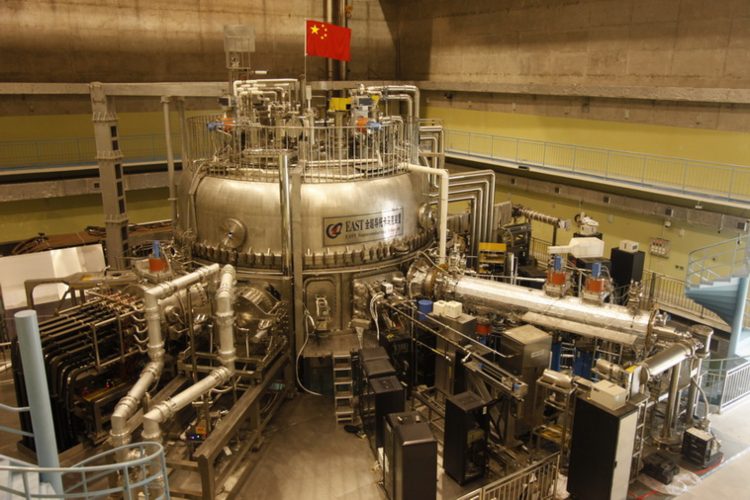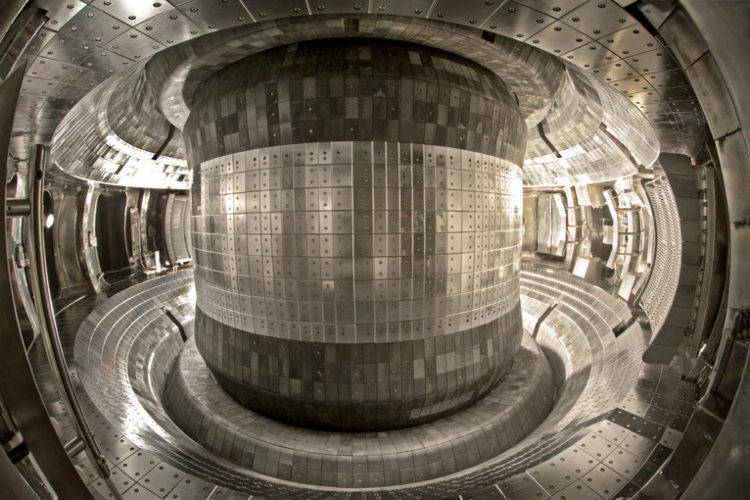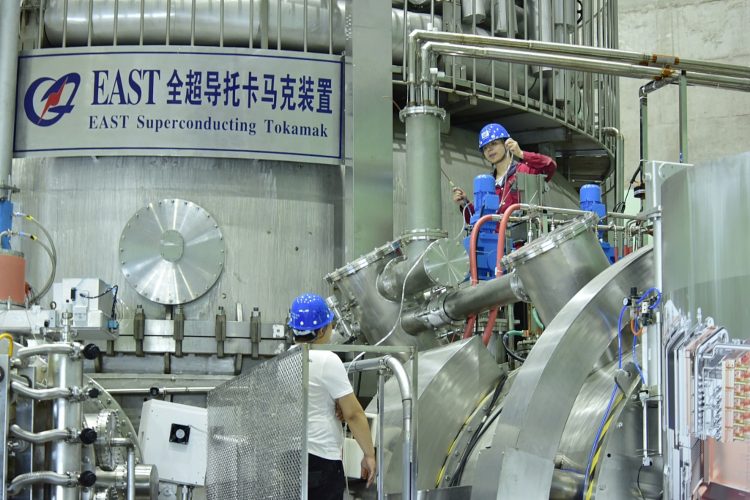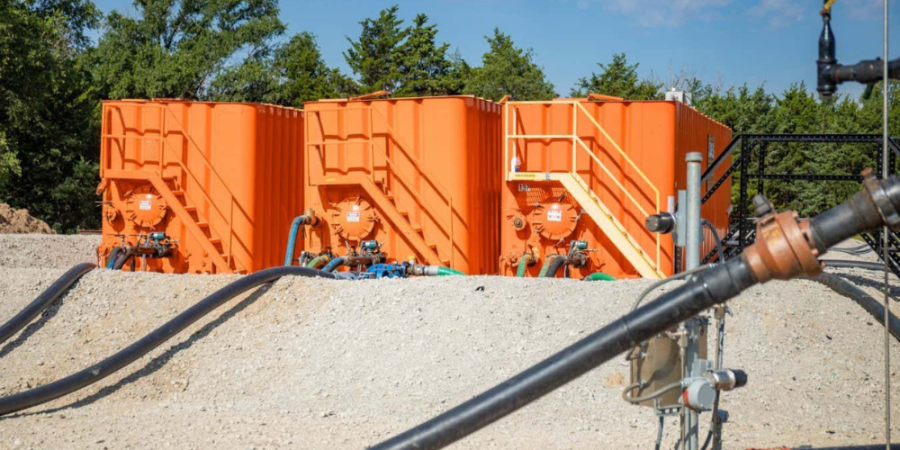
IPP CAS
For many years, nuclear power has been on the outs. Now, however, China has started making great strides in the technology. Its atomic reactor, dubbed “Artificial Sun,” set a new record for sustained high temperatures – it’s five times hotter than the actual sun!
Artificial Sun Reactor

IPP CAS
China’s Experimental Advanced Superconducting Tokamak (EAST), known around the world as an “artificial sun,” has reached staggering temperatures during its inaugural tests. According to reports from the Xinhua News Agency, the superconductor has reached temps of 70,000,000 Celsius (158,000,000 Fahrenheit) for more than 15 minutes. That’s right! The ultimate aim of China’s artificial sun? Deliver clean energy to the country by recreating the reactions that actually occur within our sun and stars around the galaxy!
“The recent operation lays a solid scientific and experimental foundation towards the running of a fusion reactor,” explained Gong Xianzu, a researcher and scientist at the Institute of Plasma Physics of the Chinese Academy of Sciences, who is in charge of testing the EAST. While the artificial sun project has already cost China more than $960 billion, they want to make sure they get it right. So, the team will continue the EAST experiments through the rest of the year, with the next round of tests starting in June.
Since its theoretical discovery, nuclear fusion has often been the holy grail for many clean energy scientists. However, due to disasters like those at Chernobyl and Fukushima, many have stayed away from it. Now though, it appears the decades of research into nuclear fusion might finally begin to pay off. How do they do it? Read on to find out…
Next Industrial Revolution

CFP
To replicate the physics found inside stars, in simple terms, nuclear fusion reactors smash atomic nuclei together to create a massive amount of energy. From there, the power can be converted into electricity and used by the masses. It’s one of the cleanest forms of energy, as it requires no fossil fuels to create and afterward leaves behind no waste. This is in stark contrast to the other form of nuclear power – nuclear fission – that has resulted in deadly disasters in the past. Still, the legacy of nuclear fission has led to a cloud hanging over the entire atomic world.
China is not the only country working on nuclear fusion, either. The International Thermonuclear Experimental Reactor (ITER), currently under construction outside of the town of Marseille, France, will become the world’s largest nuclear reactor once construction is completed. Meanwhile, the United Kingdom has also announced a nuclear fusion power plant, the Spherical Tokamak for Energy Production (STEP), which will start bringing energy to British residents sometime in the 2040s.
Who’s next: Germany, the United States, Russia, or another country? Only time will tell. But one thing’s clear: the world is not quite as worried about nuclear power as it once was.










